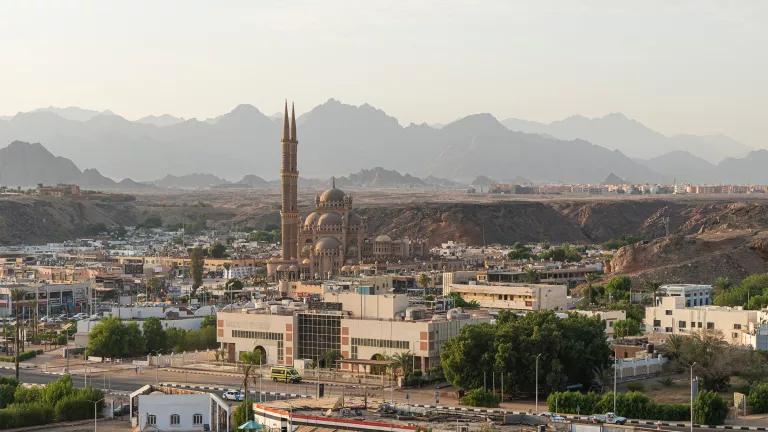Increasing Resilience to Extreme Heat Health Risks Across Rapidly Urbanizing India
The Heat Action Plan describes both immediate and longer-term actions to increase preparedness, information-sharing, and response coordination to reduce the health effects on vulnerable populations.
The rapidly urbanizing Indian city of Ahmedabad experienced a devastating heat wave in 2010 that drove temperatures to a scorching 46.8°C (over 116°F). In response, NRDC and our on-the-ground partners, the Public Health Foundation of India (PHFI) and the Indian Institute of Public Health Gandhinagar (IIPH), are working with city officials and leaders in Ahmedabad to prepare communities for rising temperatures by piloting an innovative early warning system and interagency disaster risk reduction plan.
In 2013, Ahmedabad launched a groundbreaking Heat Action Plan to protect residents from deadly heat waves. It became the first Indian city and the first city in South Asia to comprehensively address the threat of extreme heat caused by climate change. The Heat Action Plan describes both immediate and longer-term actions to increase preparedness, information-sharing, and response coordination to reduce the health effects of heat on slum residents and other vulnerable populations, including outdoor workers, the young and elderly. Ahmedabad’s Heat Action Plan sets an example for other vulnerable cities and countries that will face increasingly unbearable temperatures due to climate change.



